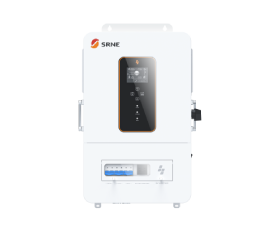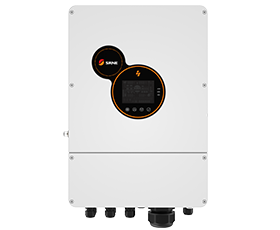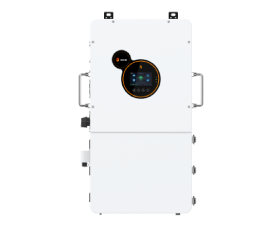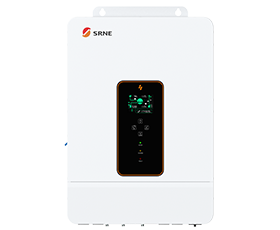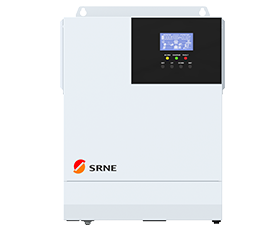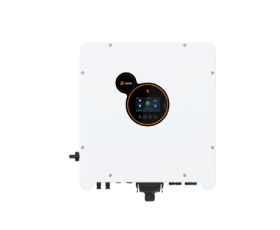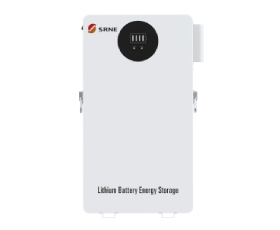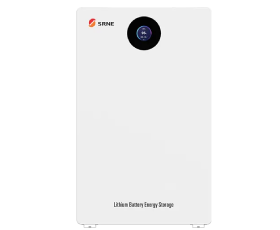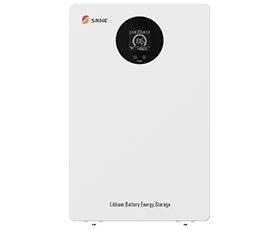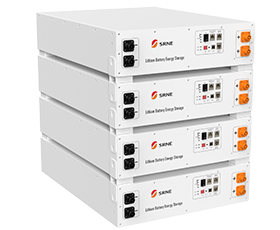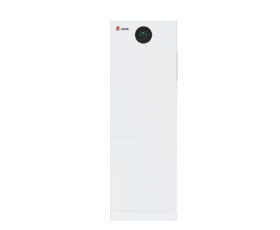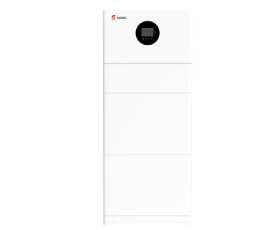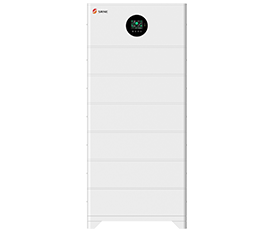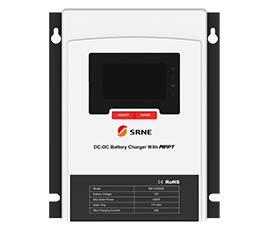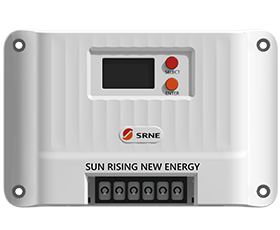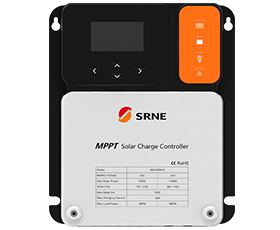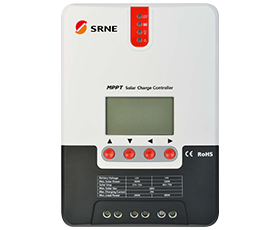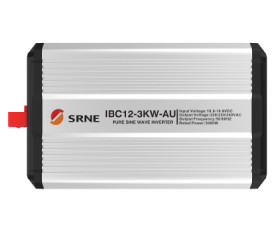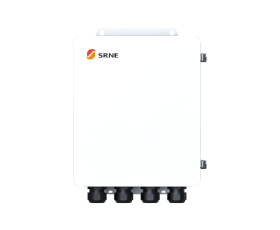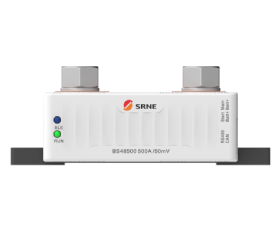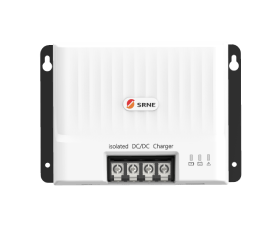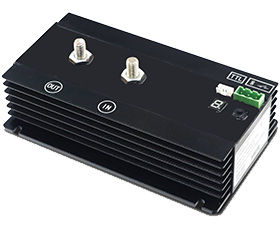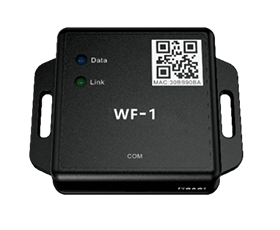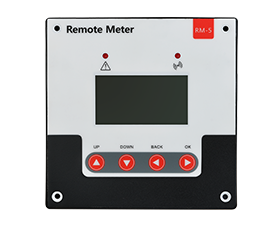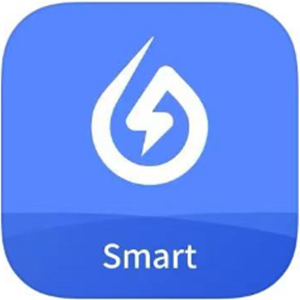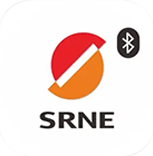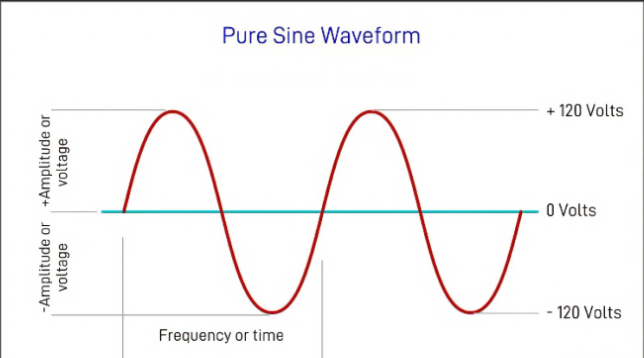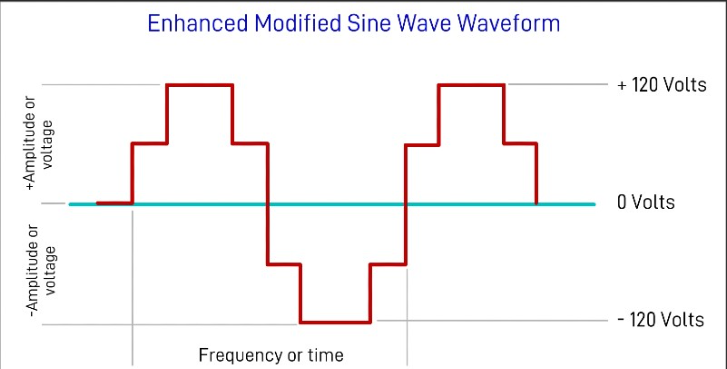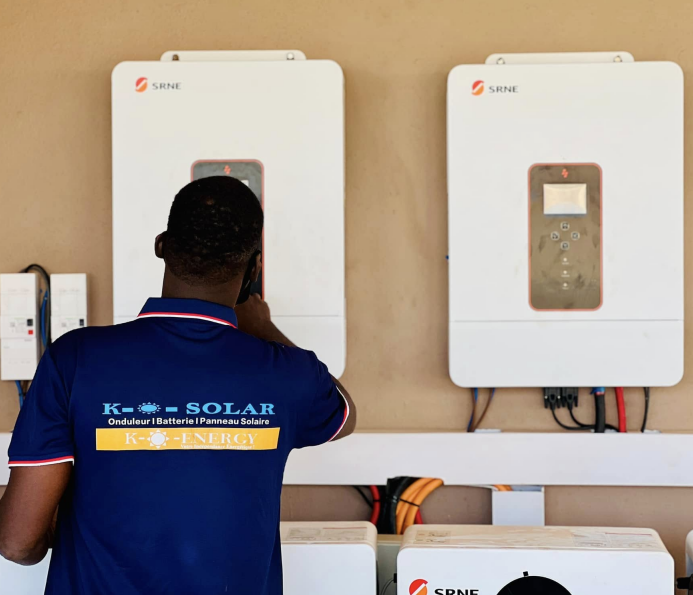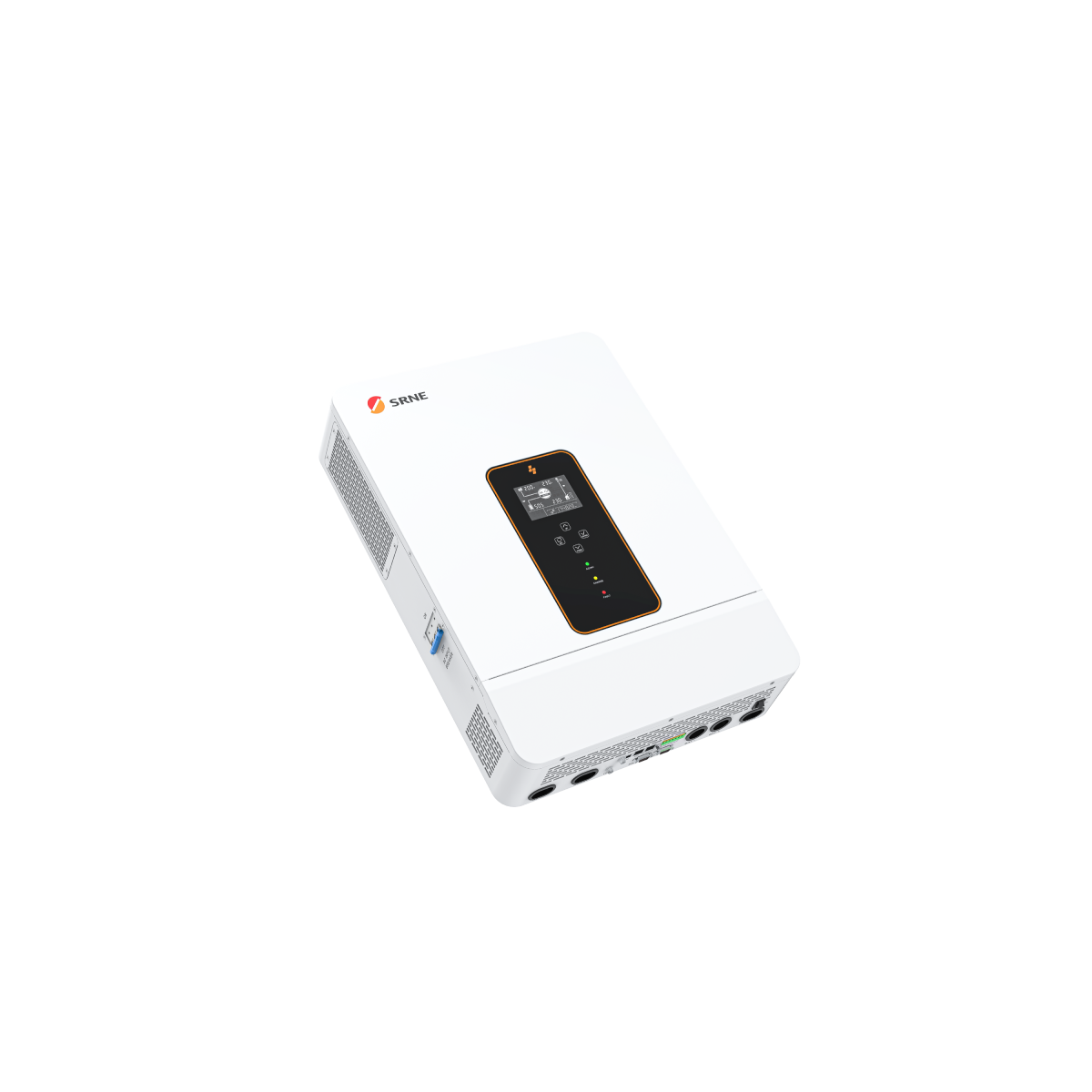Modified vs Pure Sine Wave Inverters: Real-World Differences That Matter in Your Solar Setup
Among the most common types of inverters are pure sine wave and modified sine wave models. On paper, the differences might seem technical or minor. But in real-life use, especially in modern homes filled with sensitive electronics, these differences can lead to dramatically different outcomes.
This article compares the two technologies through the lens of real-world case studies, showing how waveform quality directly impacts performance, appliance longevity, and overall satisfaction with your solar investment.
1.What Is a Sine Wave Inverter?
A solar inverter, especially a sine wave inverter, is a crucial component. Its primary function is to convert the direct current (DC) generated by solar panels or stored in batteries into alternating current (AC)—the type of electricity used by most household appliances.
There are two main types of sine wave inverters commonly used in residential solar setups:
Pure Sine Wave Inverters, which produce a smooth, continuous waveform that closely matches the power from the utility grid.
Modified Sine Wave Inverters, which generate a more simplified, stepped waveform that approximates the behavior of true AC power but with noticeable differences.
Understanding the distinction between these two is essential for selecting an inverter that matches your power needs and protects your equipment.
Learn more:
https://www.srnesolar.com/articledetail/sine-wave-and-modified-sine-wave-inverters.html
2.Case Comparison: Two Families, Two Inverters
2.1 The Modified Sine Wave Experience — Family A
Family A lives in a small, two-bedroom suburban home and recently installed a modest rooftop solar system to reduce their electricity bills. With a limited budget, they opted for a modified sine wave inverter, hoping it would handle their basic household needs without breaking the bank.
At first, everything seemed to work—lights turned on, the television ran, and small kitchen appliances functioned as expected. But soon, subtle issues began to appear. The refrigerator made an unusual humming sound when the compressor kicked in. LED lights flickered inconsistently, particularly in the evenings when multiple devices were running simultaneously. Their desktop computer, used by the children for online classes, would occasionally restart for no apparent reason.
Initially dismissed as coincidence or minor quirks, these problems became more frequent. Over the next few months, the family noticed their microwave seemed to heat food unevenly, and their portable fan emitted a buzzing sound. Most notably, their refrigerator—only three years old—began cooling less efficiently and needed servicing sooner than expected.
After speaking with a local technician, they learned that these issues were likely caused by the non-smooth waveform produced by their modified sine wave inverter. Although the inverter itself hadn’t failed, it was creating electrical conditions that weren’t ideal for their appliances, leading to inefficiency, noise, and long-term stress on internal components.
2.2 The Pure Sine Wave Upgrade — Family B
In a nearby neighborhood, Family B installed a slightly larger solar system with the intention of powering not only basic appliances but also home office equipment, an air purifier, and a variable-speed washing machine. Learning from the experiences of friends and online forums, they choose a SRNE ASF series perfect sine wave inverter from the beginning—despite its higher cost.
The results were noticeably different from day one. The transition from grid power to solar backup was seamless and undetectable. Their refrigerator ran silently, the LED lights remained consistently bright without flicker, and all electronics—especially their laptop, router, and air purifier—functioned smoothly and reliably.
Perhaps more importantly, there was no need to second-guess which devices could be plugged in. Their washing machine’s variable motor cycled correctly, their home theater system delivered crisp audio without any electrical interference, and even the espresso machine, known for being finicky with power supply, worked without a hitch.
After six months, they noticed not just a lower electricity bill but also fewer maintenance issues. No unexpected shutdowns, no strange device behavior, and no technician visits.
2.3 What We Can Learn from These Two Stories
These two real-world cases highlight how the type of inverter you choose has ripple effects across your entire home energy experience. Family A, despite having a solar system in place, faced ongoing inconveniences and hidden costs—both in energy inefficiency and appliance wear. Meanwhile, Family B's upfront investment in a pure sine wave inverter gave them peace of mind, consistent performance, and long-term savings by protecting their devices and maximizing energy efficiency.
As more homes adopt solar power, the quality of the electricity you generate becomes just as important as the quantity. The wrong waveform might power your appliances—but at what cost?
3.When Is a Modified Sine Wave Inverter Still a Good Fit?
While pure sine wave inverters offer superior performance and compatibility, modified sine wave inverters can still be a practical choice in certain scenarios—particularly when budget or simplicity is a primary concern.
Here are some situations where a modified sine wave inverter may be suitable:
Tight Budget Constraints: For users who are just starting with solar or looking for a basic backup system, modified sine wave inverters provide a lower-cost entry point. They're a budget-friendly option when powering high-end or sensitive equipment isn't a priority.
Simple Appliances Only: Devices such as incandescent bulbs, fans, toasters, and older-style power tools typically operate without issue on modified sine wave power. If your system only needs to support this kind of load, the waveform quality may not be a deal-breaker.
Temporary or Emergency Use: For portable solar kits, off-grid cabins, or emergency backup setups where usage is occasional and demand is light, modified sine wave inverters can offer sufficient functionality without the need for a more expensive solution.
Minimal Load Systems: In very small solar systems with limited demand—such as powering a few lights and charging phones—waveform purity has minimal impact, making a modified sine wave inverter a reasonable and efficient option.
In short, modified sine wave inverters make sense for basic, low-risk applications, but for homes with modern electronics or long-term energy goals, investing in a pure sine wave inverter is often the smarter move.
Learn more:
https://www.srnesolar.com/articledetail/pure-sine-wave-inverters-necessary-or-overkill.html
Conclusion:
If your solar setup includes sensitive electronics, energy-efficient appliances, or you simply want the peace of mind that comes with stable power, a pure sine wave inverter is the smart, future-proof choice. While the upfront cost may be slightly higher, the benefits in daily performance, equipment protection, and long-term savings make it a worthwhile investment for most homes.




















